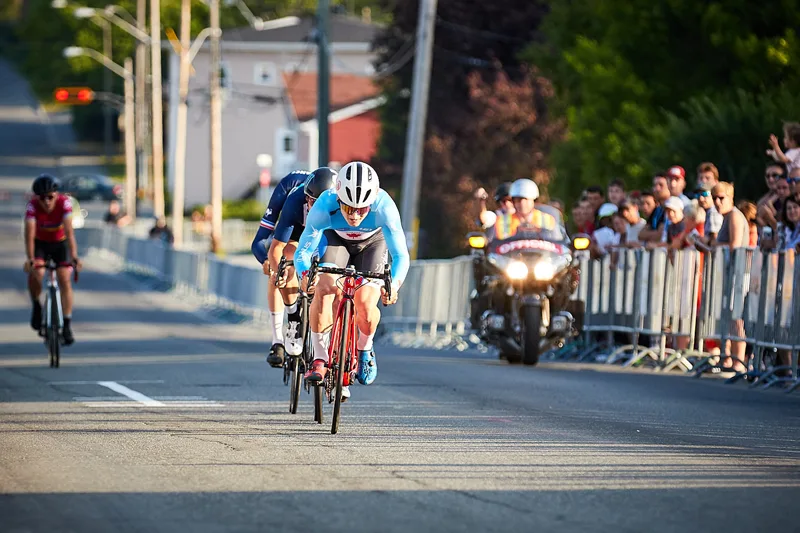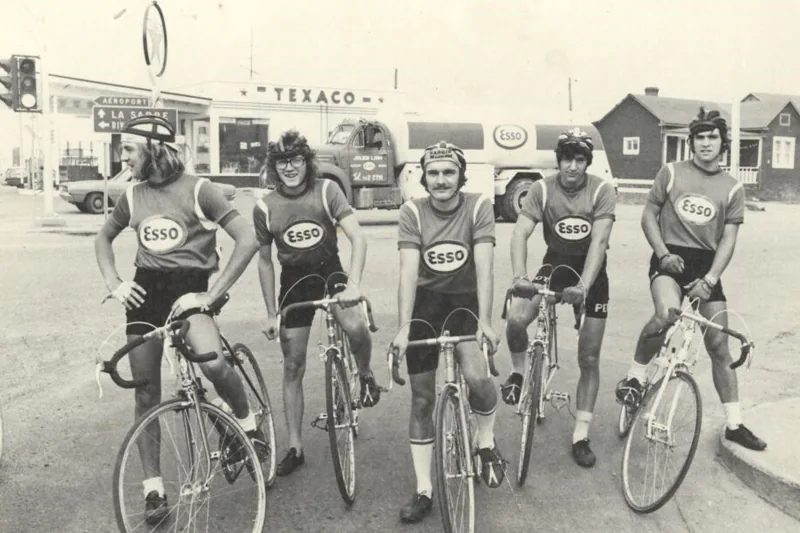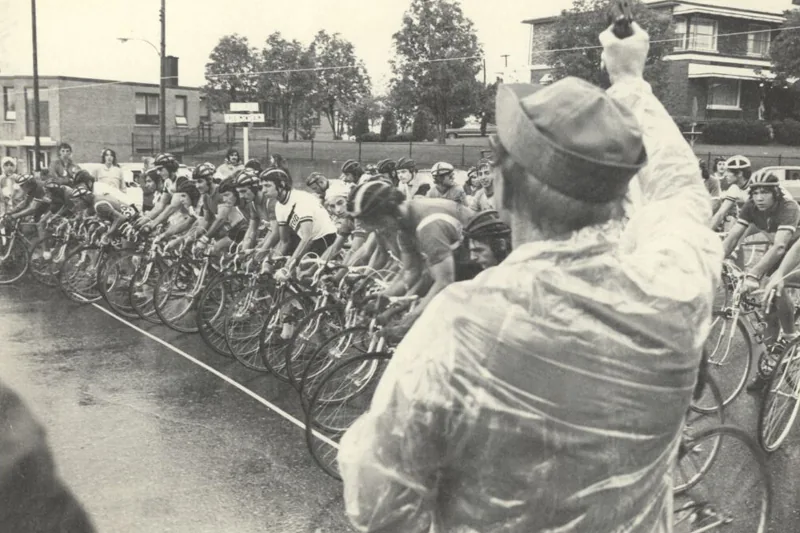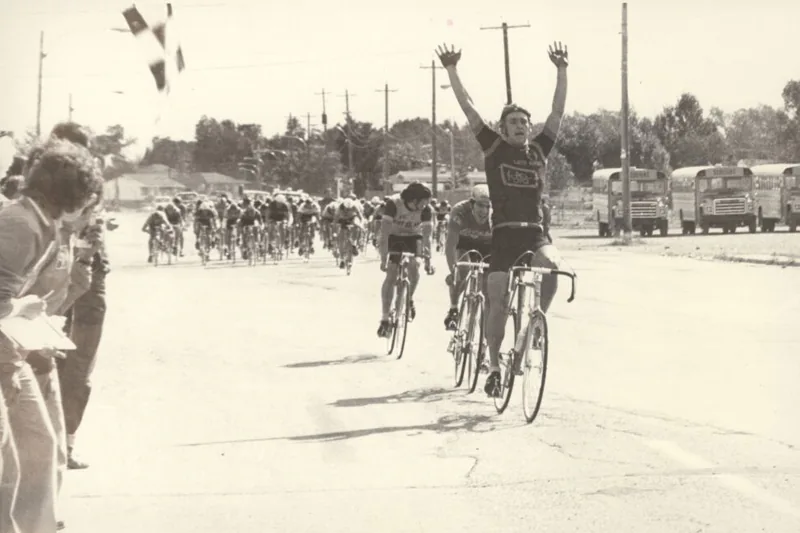
Hosts
2022-2023 Amos
2019-2020-2021 Rouyn-Noranda
1977 La Sarre
2018 Val-d’Or
2017 Amos
2016 Rouyn-Noranda
2015 Val-d’Or
2014 Amos
2012-2013 Rouyn-Noranda
2011 Amos
1999-2010 Val-d’Or
1998 Amos
1997 La Sarre
1996 Rouyn-Noranda
1995 Val-d’Or
1994 La Sarre
1993 Rouyn-Noranda
1992 Amos
1991 Senneterre
1990 Amos
1988-1989 Val-d’Or
1987 Rouyn-Noranda
1986 Amos
1985 Val-d’Or
1984 Senneterre
1983 Val-d’Or
1982 La Sarre
1981 Amos
1980 Senneterre
1979 Val-d’Or
1978 Rouyn-Noranda
1977 La Sarre
1976 Val-d’Or
1975 Amos
1974 Rouyn-Noranda
1973 Val-d’Or
1969-1972 Amos
History of the Tour
de l’Abitibi
History of the Tour
de l’Abitibi



